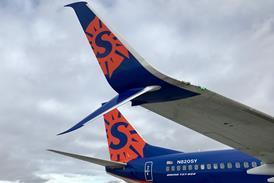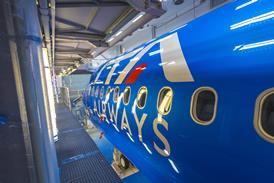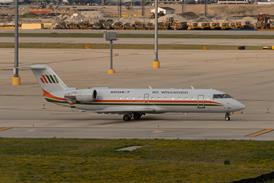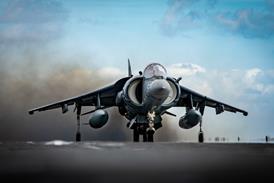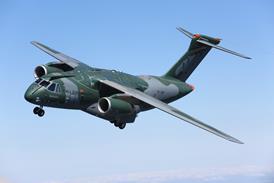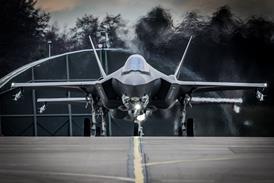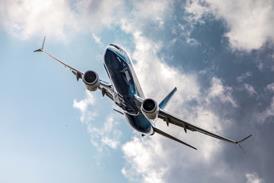PETER LA FRANCHI / SYDNEY
RAN bids to overcome problem of rotorcraft in missions for which they were not intended
Australia's Air 9000 project for a family of helicopters could see a push for reconfigurable aircraft to meet future Royal Australian Navy airlift requirements.
Speaking at the Maritime Build, Repair and Maintenance Conference in Sydney last week, Tony Flint, one of the programme's architects, said Air 9000 "has to anticipate the naval requirement, just as it has got to anticipate the additional troop lift helicopter requirement from government and subsequent requirements".
He says an ideal solution would be a "helicopter which can reconfigure to a different role in 2h. That would be the hope. The navy operates anti-submarine warfare, anti-surface warfare, logistics support.... If you could get one helicopter to do that for the navy, it would be great." Until February Flint was responsible for Air 9000 as director general maritime, land, weapons and industry capability in the Australian Defence Materiel Organisation (DMO). He is now DMO acting head of Harpoon missile support.
Flint says although Australia's helicopters operate to and from RAN ships, this requirement was not considered when "they were purchased or put into operation". Training and certification is different on ships and on shore. Air 9000 is trying to overcome these differences, he adds. Air 9000 is also likely to be influenced by future RAN warship programmes and it would be an "absolute disaster" if future RAN and army requirements are not considered.
He says: "I am not saying it is one helicopter that meets all requirements. It won't be. But you may be able to drive a solution where you have got a linked strategy where you have got two, three or four helicopters which have all got commonality through them or you may be able to standardise your training for them."
Source: Flight International

